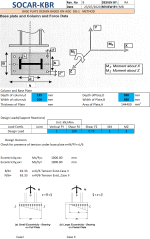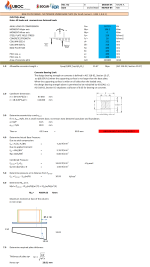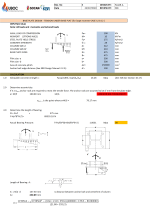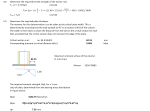base plate thickness calculation
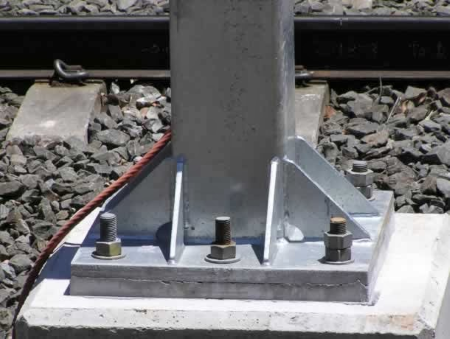
Description
Steel base plates are generally used under columns for distribution of the column load over a sufficient area of the concrete pier or foundation.
1) When a column base resists only compressive column axial loads, the base plate must be large enough to resist the bearing forces transferred from the base plate (concrete bearing limit), and the base plate must be of sufficient thickness (base plate yielding limit).
2) Under certain conditions, base plates are subject to concentric axial tension, or uplift due to wind . These plates need to be checked for bending when the design results in a relatively flexible plate which is approximately the same size as the column, i.e. a lightly loaded plate It is necessary to use properly embedded anchor bolts for these with a plate that can resist bending in the area between the flanges, adjacent to the web.
Since the load is due to wind, the allowable stress may be increased by 33%,>>>Then replace P with 0,75*P
Calculation Preview
Full download access to any calculation is available to users with a paid or awarded subscription (XLC Pro).
Subscriptions are free to contributors to the site, alternatively they can be purchased.
Click here for information on subscriptions.

